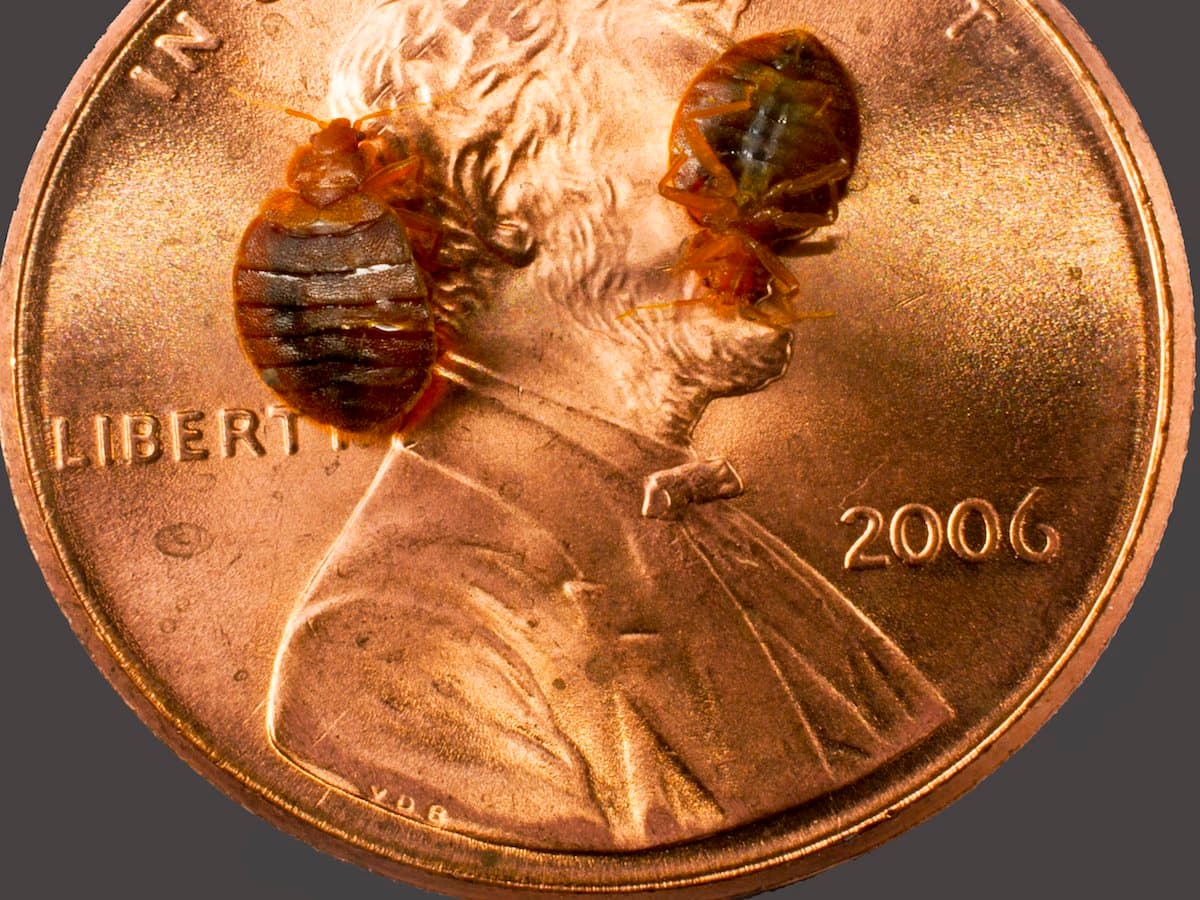Recognizing the Lifecycle of Parasites for Targeted Control Approaches
Recognizing the lifecycle of pests is a fundamental aspect of reliable pest management strategies. By comprehending the various phases of development that parasites undertake, an extra targeted and precise approach can be adopted to control their populations. This knowledge not only sheds light on the susceptabilities within the parasite lifecycle yet likewise leads the way for implementing critical actions that can disrupt their growth and recreation cycles. Via a much deeper understanding of how pests evolve and grow, customized control methods can be developed to deal with particular points in their lifecycle, ultimately resulting in even more successful insect administration results.
Significance of Understanding Pest Lifecycle
Understanding the lifecycle of insects is necessary for creating effective and targeted control techniques in pest management. By understanding the various stages a bug goes through from egg to adult, insect control professionals can recognize at risk factors in the lifecycle where treatment can be most successful.
Furthermore, recognizing the details environmental conditions needed for each stage of the bug's lifecycle can assist choices on habitat modification or exclusion approaches to disrupt the lifecycle and lower bug populations. This understanding makes it possible for pest administration experts to execute proactive actions as opposed to depending entirely on reactive therapies, causing more sustainable and lasting parasite control options. Eventually, a detailed understanding of parasite lifecycles equips insect control practitioners to customize their methods efficiently, minimizing environmental impacts and making best use of control end results.
Secret Phases in Insect Growth
To successfully apply targeted control strategies in parasite management, a critical element exists in adequately identifying and comprehending the crucial stages in pest development. Insect advancement typically consists of a number of key phases that are crucial for their lifecycle and management.

Susceptabilities in Bug Lifecycle
Throughout the different phases of an insect's lifecycle, distinct susceptabilities emerge that can be purposefully targeted for efficient control measures. One essential susceptability depends on the egg stage, where pests are usually much more susceptible to specific insecticides or organic control representatives due to their soft external covering, making them much easier targets for treatment. Furthermore, the larval or nymph stage offers susceptabilities as pests undertake fast development and advancement, calling for high energy consumption that can be manipulated by disrupting their food resources or introducing development inhibitors. Pupal stages, defined by stability and makeover, supply a window for targeted control through physical obstacles or particular treatments that prevent effective development. Grown-up insects, while a lot more durable due to their reproductive capability, can still be at risk throughout breeding or egg-laying best site activities, which can be interrupted via scent catches or sterilization techniques. Comprehending these susceptabilities in the pest lifecycle is vital for developing effective and exact control approaches that effectively handle parasite populations while lessening ecological influence.
Executing Targeted Control Measures

Carrying out targeted control steps typically entails a multi-faceted method. This might include environment adjustment to make the environment much less congenial to parasites, visit homepage such as eliminating standing water for mosquito control or securing entry factors for rodents. In addition, biological control approaches can be made use of, where natural predators or pathogens are introduced to keep insect populaces in check.
Chemical control, such as the cautious application of pesticides, is an additional common strategy. However, it is necessary to utilize these materials carefully to reduce ecological impact and possible injury to non-target species. Integrated Parasite Administration (IPM) approaches that integrate numerous control steps in a worked with and sustainable way are often one of the most reliable in accomplishing lasting bug monitoring goals. By applying targeted control actions based on a thorough understanding of insect lifecycles, bug populaces can be properly controlled while decreasing dangers to human wellness and the setting.
Improved Bug Administration Practices

Moreover, the incorporation of biological control representatives, such as natural killers or pathogens of bugs, can help in reducing reliance on chemical pesticides and advertise a more well balanced community. Executing physical obstacles and catches can likewise belong to enhanced insect administration techniques, offering non-toxic and targeted options for pest control. Furthermore, the use of scents and other semiochemicals can interrupt pest breeding patterns and interaction, resulting in minimized parasite populaces over time.
Final Thought
In verdict, understanding the lifecycle of insects is critical for effective insect administration approaches. By recognizing essential phases in parasite development and vulnerabilities in their lifecycle, targeted control procedures can be applied to minimize bug populaces. Enhanced insect monitoring Learn More Here practices can assist reduce the dependence on broad-spectrum chemicals and promote more eco pleasant and sustainable bug control methods. This knowledge plays an important duty in keeping healthy environments and farming performance.
Understanding the lifecycle of insects is crucial for creating reliable and targeted control approaches in insect administration. By understanding the different phases a parasite goes via from egg to adult, parasite control specialists can determine prone points in the lifecycle where intervention can be most effective. Eventually, a complete understanding of bug lifecycles empowers pest control practitioners to customize their strategies properly, maximizing and decreasing environmental impacts control results.
By implementing targeted control actions based on an extensive understanding of pest lifecycles, bug populaces can be efficiently regulated while reducing threats to human health and wellness and the environment.
By recognizing essential phases in insect development and vulnerabilities in their lifecycle, targeted control actions can be executed to minimize bug populations.